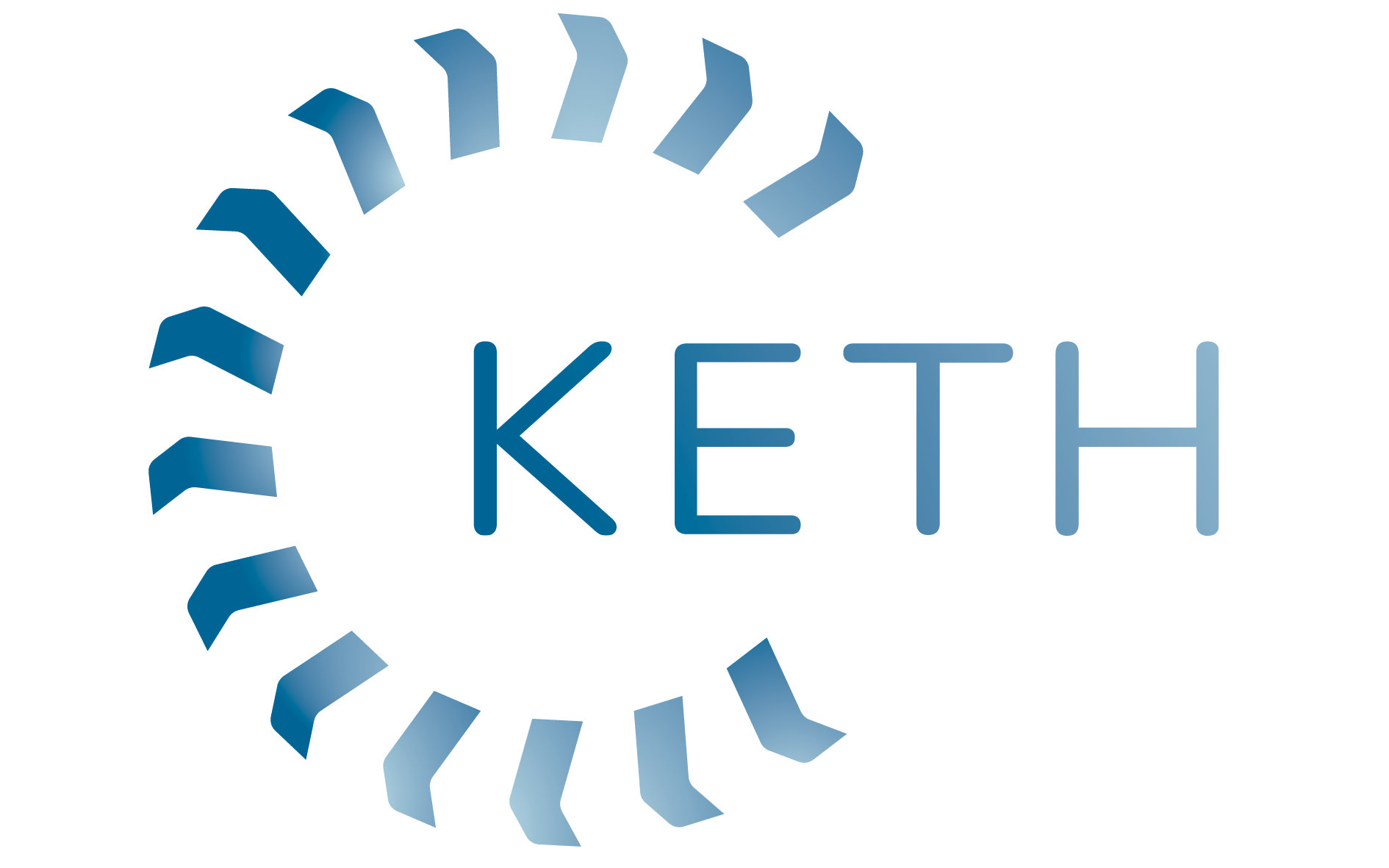Research
De-risking, testing and training
The KETH will be a world-first, large-scale demonstration facility that will develop innovative solutions to transform energy sectors, economies and deliver a lower-carbon future. The FEnEx CRC has committed $30 million to research and development at KETH. Through broad-reaching research the KETH will:
Unlock the promise of hydrogen
- Hydrogen offers a versatile, low and potentially zero-carbon solution to sectors that are technically difficult to decarbonise. But cost effectively and safely producing it at scale is the challenge.
- Once operational, the KETH will play a world-leading role demonstrating the viability of hydrogen and how it can be strategically integrated it into our energy system.
- KETH will explore production options including blue hydrogen (based on natural gas), liquification options (to improve transport viability), ammonia potential and the operations and efficiencies of hydrogen cells.
- Reduction of combustion CO2 from gas turbines, industrial furnaces by using hydrogen blending will be examined.
Work towards Net-Zero production processes
- Optimise decision-making, efficiency and remote operations through digitisation.
- Provide a safe and secure environment to uplift base technologies and infrastructure design and accelerate deployment across our value chain.
- Test electrification options and alternatives including renewable energy to power industrial production processes.
- Improve detection and reduction of methane fugitive emissions.
Innovate and test new technologies to unlock value
- Research and test new and emerging technologies to deliver improvements (safety, decision-making, and productivity), unlock value and optimise resources.
- Leverage the expertise of trusted scientists, engineers and partners in collaborations that deliver the innovations needed for low-carbon, low-cost energy systems.
Provide Australian-first equipment qualification
- Local Supply Chain optimisation by providing a facility for local manufacturers to test and certify equipment prior to deployment in the field.
Explore CO2 utilisation
- Methanation with green hydrogen offers a pathway for decarbonisation by converting carbon dioxide that would otherwise be vented to atmosphere into valuable energy products such as methanol.
Early identified research projects
A full range of research projects is currently in development and will broaden with further input from industry. Early identified projects include:
1. Demonstration of novel separation processes for helium recovery from natural gas
Geoscience Australia has recognised helium as a critical mineral and Australia’s natural reserves of helium amount to 21 years of global consumption; however, if recovery is prohibitively expensive the helium is vented during natural gas production. Estimated value-add to Australia: $15.5 million per year for one large-scale LNG train.
2. Demonstration of the Sabatier reaction to produce methane using renewable hydrogen and CO2
Natural gas can contain up to 40% carbon dioxide by weight, which is typically separated and vented. Estimated value-add to Australia: $230 million per year for one large-scale LNG train and associated reduction of 1 million tonnes of CO2 – equivalent.
3. Demonstration of advanced sensors and refrigeration cycles for improved hydrogen liquefaction
Novel sensors will be developed to monitor and improve control of spin-state transitions during hydrogen liquefaction, improving process efficiency and reducing boil-off. Estimated value-add to Australia by 2030: $950 million per year per 1 million tonne p.a. LH2 train.
Rapidly replicate and scale
Unless proprietary, the KETH will quickly share learnings across partners to improve outcomes and de-risk global deployment of innovations and new technologies.

